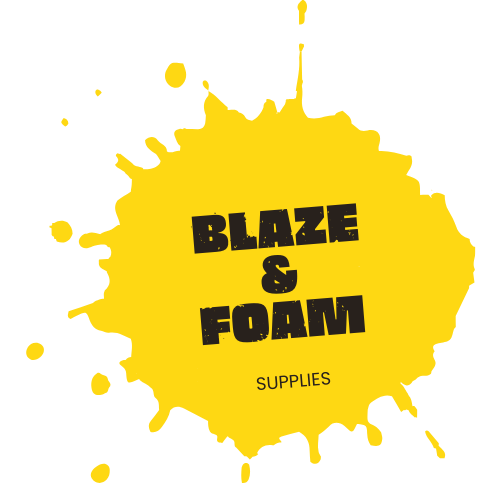What's the most accurate method to measure fragrance oil? Grams, not mls! Grab those digital scales, and let's get precise. Tare the scale to zero after placing an empty container – because we're all about measuring the actual oil, not the container weight. We're not here to weigh containers, are we?
Tell me about top, middle, and base notes! It's like a symphony of scents! Top notes are your opening act, middle notes are the heart of the fragrance, and base notes are like the grand finale that lingers on even after the show's over.
How much fragrance oil should I add to my products? Think of it as finding the perfect recipe. For candles, it's usually around 8% loading, maxing out at 10%. Oh, and don't forget to check your wax manufacturer's instructions – we want your candles to shine without performance hiccups! Also, check the recommendations for different applications on each fragrance listing.
How do I store my fragrance oils? Fragrance bottles can be a bit cheeky, so be careful when opening. Store them in a cool, dark place away from the spotlight of direct sunlight and heat. And hey, keep them out of reach of curious kids and pets – Safety first!
Are fragrance oils safe during pregnancy? While our fragrances skip the phthalates and parabens, it's best to consult your medical pro for pregnancy safety tips.
What's the fragrance flashpoint all about? Think of it as the "temperature to play nice." It's the point at which your fragrance can catch fire. Safety first, pals!
When do fragrance oils expire? They've got a shelf life of about a year. But like a fine wine, storage conditions matter. Temperature, air, light – they all play a part. And if you're ever in doubt, give them a small-scale test run.
Why are fragrance oils different colours? Blame it on the raw materials! Those variations are like fingerprints, unique to each batch.
What's an IFRA Certificate? We're talking about a certificate that shows your fragrance plays by the rules of the International Fragrance Association.
What are phthalates in fragrance oil? Ah, phthalates – the uninvited guests we've left out. Our fragrances are phthalate-free for a healthier you. Some studies have suggested a possible link between exposure to certain phthalates and health issues, such as hormone disruption, reproductive problems, and allergies.
What's vanillin in fragrance oils? It's the magic behind vanilla scents. But be warned, it can cause colour changes over time. Don't worry, though – it's just a visual thing. Vanilla's got its quirks!
Why is my fragrance bottle not filled all the way up to the top? Imagine two jars – one filled with cotton candy and the other with marbles. Both jars might look full, but their weights would be dramatically different. Similarly, while two fragrance bottles might seem similarly filled, their weights can differ because of the density of the specific fragrance. Not all liquids weigh the same. A cup of honey weighs more than a cup of water. This is because honey is denser. The same goes for fragrances. Some are denser and might not fill the bottle to the brim, even if they meet the weight requirement. Don't judge a fragrance by its cover... or its fill line! It's what's inside (and its weight) that counts. So, next time you see a bottle not filled to the top, just remember – it's the essence, not the volume, that brings the magic!
